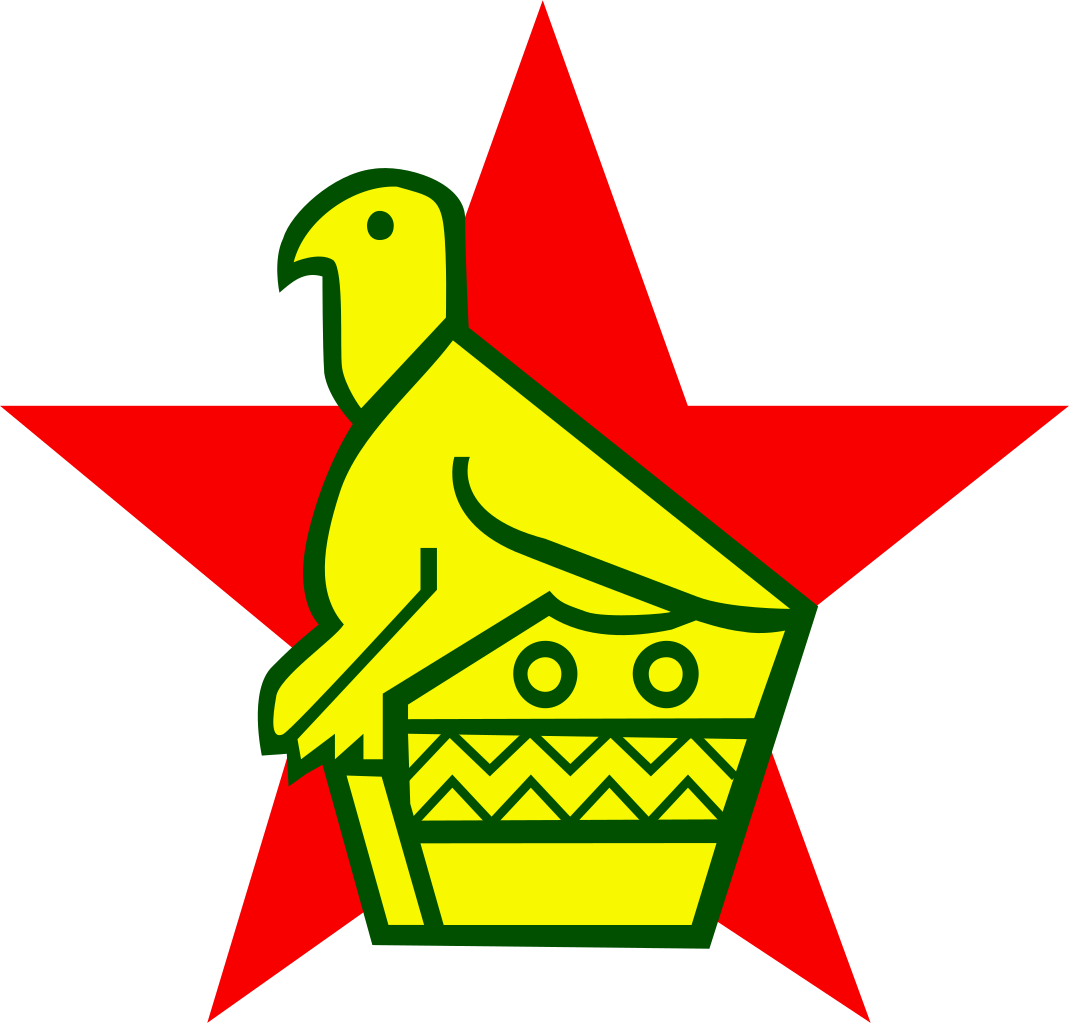1. It's not out. You can use any part of your body or the bat in order to protect the stumps from being broken. You cannot use a hand not holding the bat though. This phrase is in there to prevent a batsman from just catching the ball or swatting it away, goalkeeper style. But if you're still holding onto the bat with that hand or hands then feel free to use anything you wish.
You can't score any runs off of it. You can, however, still be caught provided that the ball has not hit the ground after the last contact with the bat or hand holding the bat. The umpire is not to signal dead ball immediately either, in the event that a run out chance becomes available. The ball only becomes dead after the ball conventionally becomes dead (settled in the wicketkeeper's gloves), at the time the ball gets to the boundary, or after the completion of the first run. At that point, batsmen are to return to their original ends and no runs are scored except for no-balls or penalty runs.
2. The non-striker is out obstructing the field. Only the striker can protect his wicket in this way. If the ball does indeed go on to hit the stumps, then the original striker would of course be out bowled, and the new batsman comes in to take strike while the original non-striker goes back to his end.
If, in the first scenario, the batsman prevents a fielder from attempting a catch though, then it's out hit the ball twice. In that situation, it would have to be one of the close fielders clearly going for the catch and the batsman deliberately hits it away, even if it would have eventually hit the stumps.














